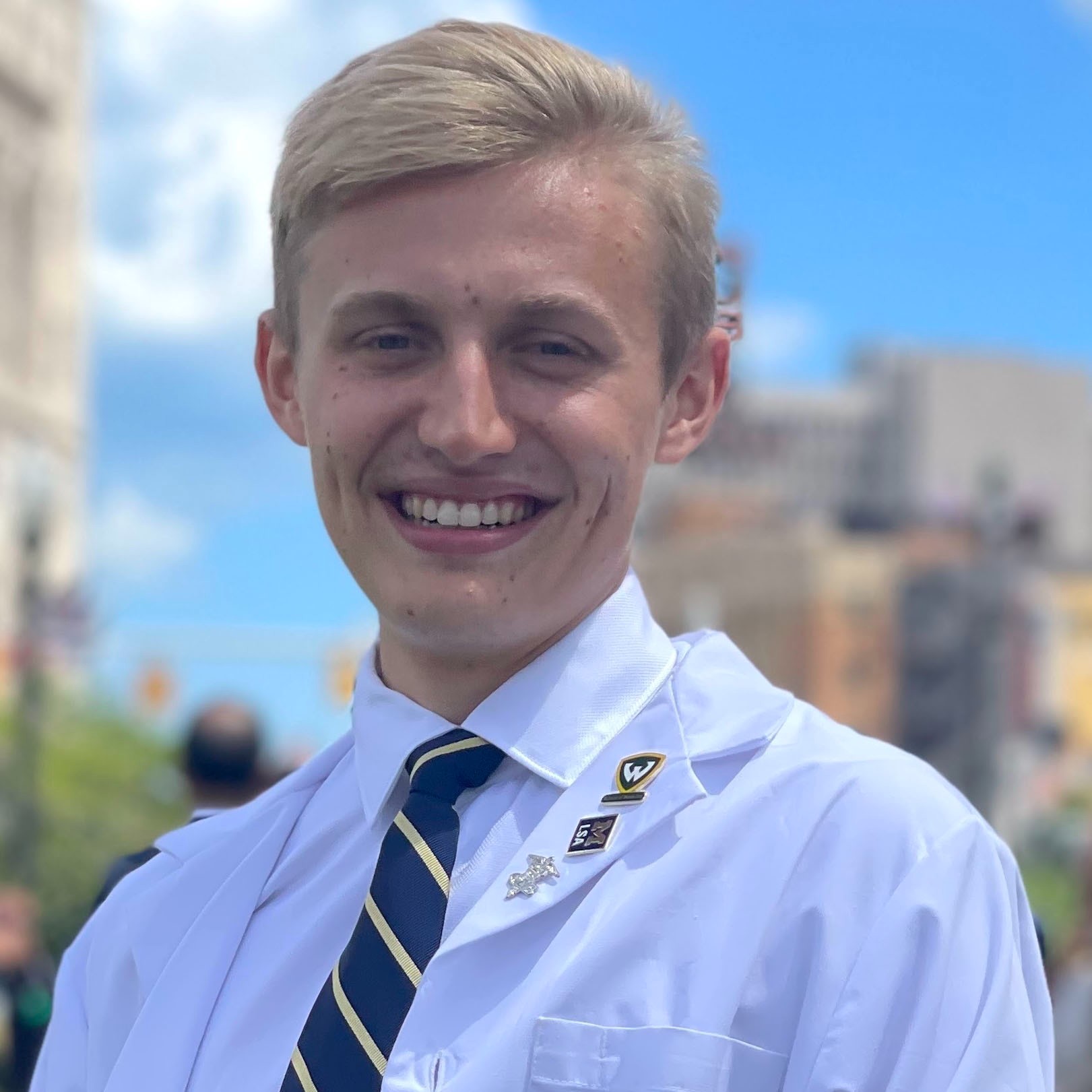I last set foot in my medical school’s hospital in late June. I still remember that day — and the whirlwind of emotions I felt.
I had just finished my first sub-internship — the most demanding rotations in medical school — where students are expected to perform at the level of a physician resident. I was reeling from the joy of making a three-year-old laugh (a skill I am still learning); the immense sadness of seeing an abnormal growth on the MRI scan of a middle schooler; the quiet strength of the mom I assured everything was going to be OK with her son; and the awful pain of standing outside the room of a dying newborn.
Months later, I found myself standing outside Stanford Hospital, where that flurry of emotions hit me again. But this time, I didn’t have scrubs on. I didn’t have a stethoscope wrapped around my neck either. I replaced it with a camera. I was there to observe, as a journalist.
I did just that, and I watched as patients and hospital employees streamed into and out of the building from the circular driveway of the hospital. These photographs tell the stories of the people I met while on my first photo shoot.

